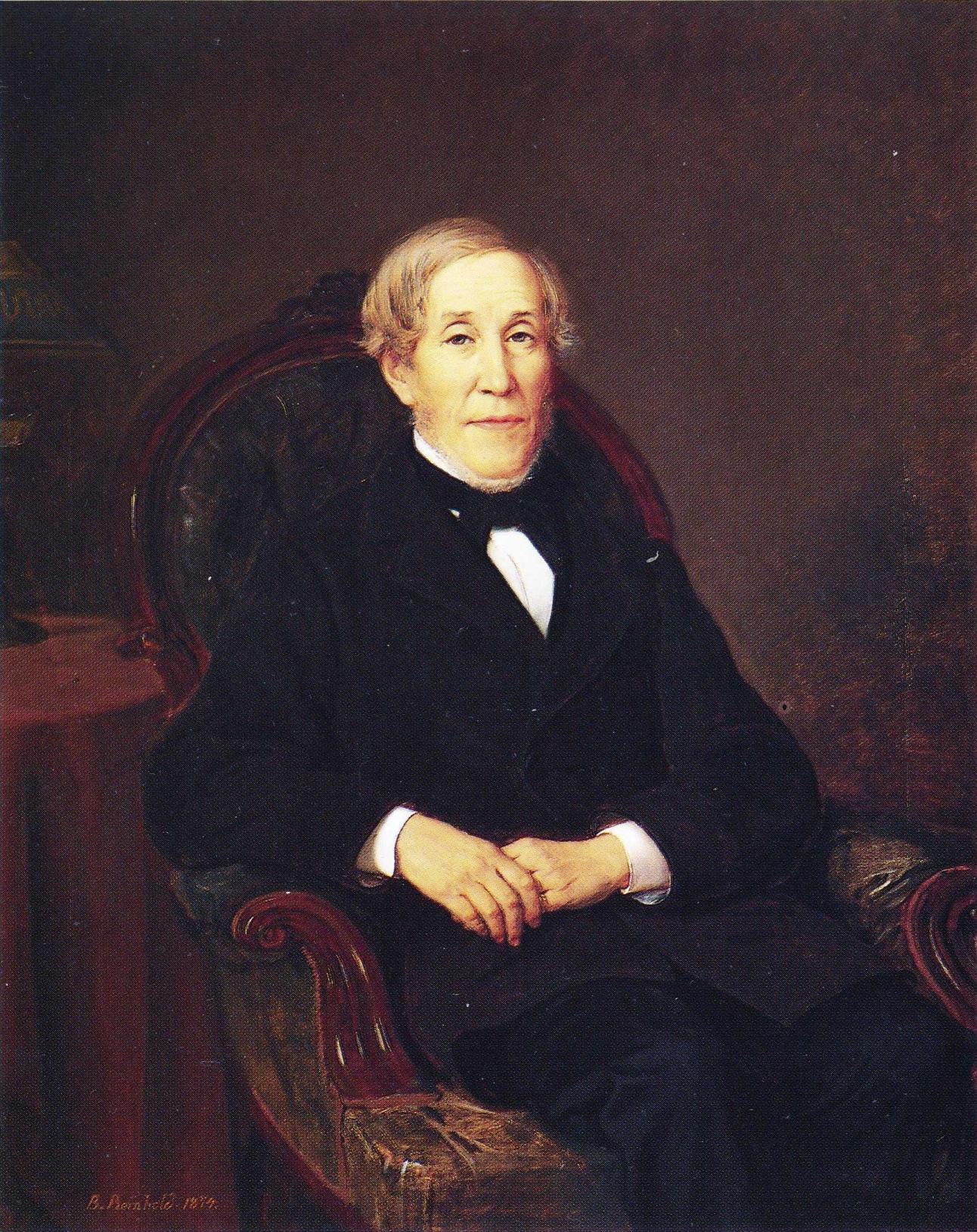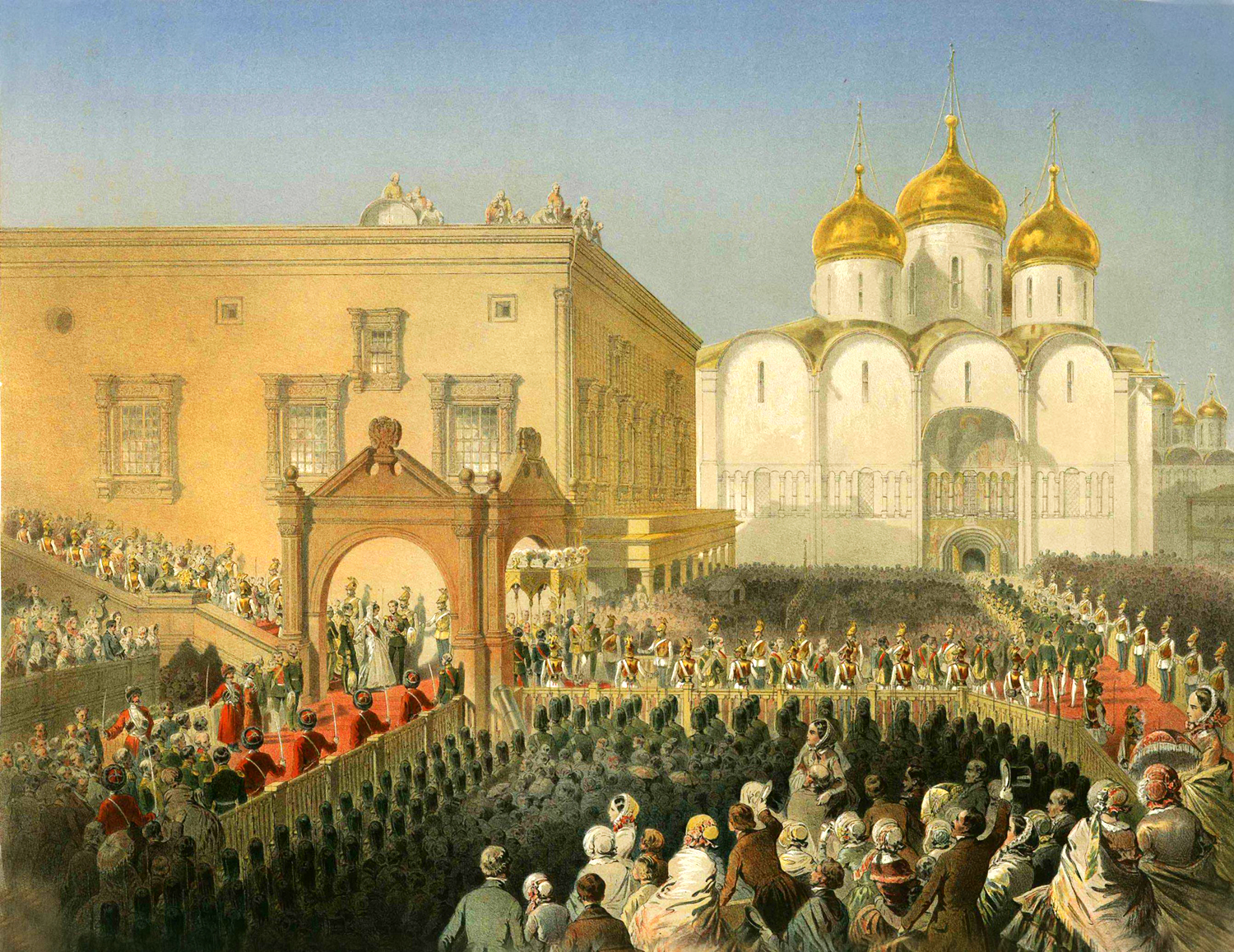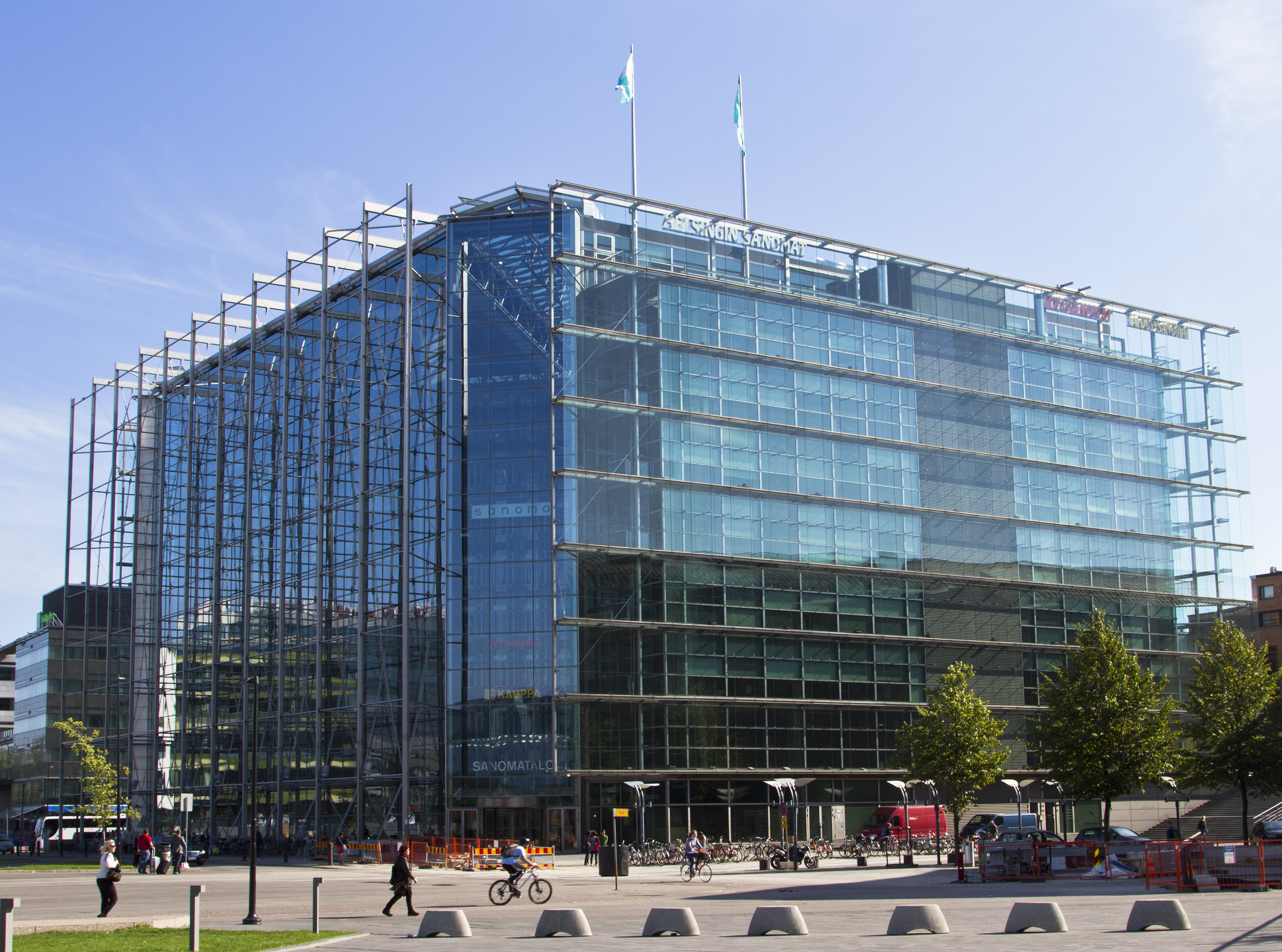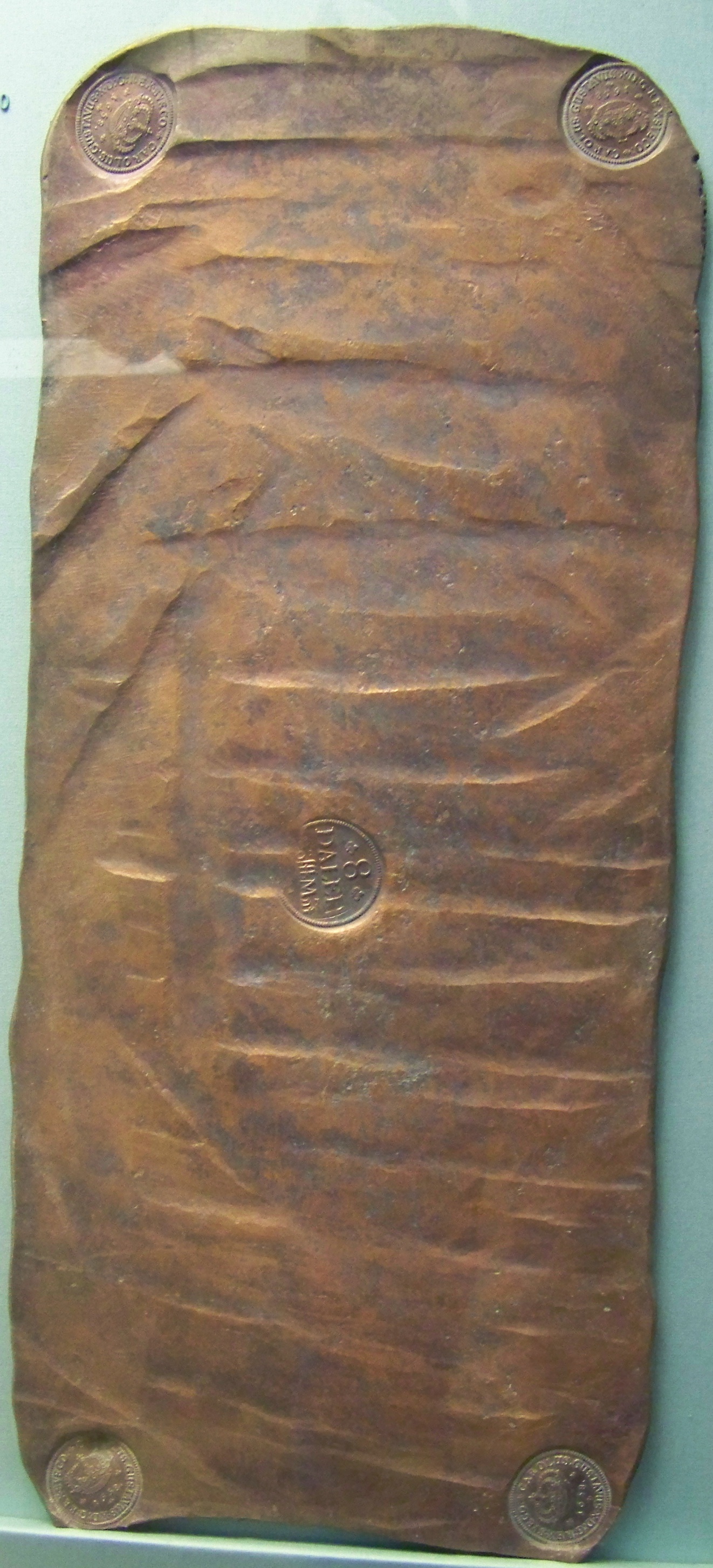|
Finnish Mark
The markka (; ; currency symbol, sign: mk; ISO 4217, ISO code: FIM), also known as the Finnish mark, was the currency of Finland from 1860 until 28 February 2002, when it ceased to be legal tender. The markka was divided into 100 penny, pennies (; ), abbreviated as "p". At the point of conversion, the rate was fixed at €1 = 5.94573 mk. The markka was replaced by the euro (€), which had been introduced, in cash form, on 1 January 2002. This was after a transitional period of three years, when the euro was the official currency but only existed as "book money" outside of the monetary base. The dual circulation period, when both the markka and the euro had legal tender status, ended on 28 February 2002. Etymology The name "markka" was based on a medieval unit of weight. Both "markka" and "penni" are similar to words used in Germany for that country's former currency, based on the same etymological roots as the Deutsche Mark and pfennig. Although the word "markka" pr ... [...More Info...] [...Related Items...] OR: [Wikipedia] [Google] [Baidu] |
Grand Duchy Of Finland
The Grand Duchy of Finland was the predecessor state of modern Finland. It existed from 1809 to 1917 as an Autonomous region, autonomous state within the Russian Empire. Originating in the 16th century as a titular grand duchy held by the Monarchy of Sweden, King of Sweden, the country became autonomous after its annexation by Russia in the Finnish War of 1808–1809. The Grand Duke of Finland was the House of Romanov, Romanov Emperor of Russia, represented by the Governor-General of Finland, Governor-General. Due to the governmental structure of the Russian Empire and Finnish initiative, the Grand Duchy's autonomy expanded until the end of the 19th century. The Senate of Finland, founded in 1809, became the most important governmental organ and the precursor to the modern Government of Finland, the Supreme Court of Finland, and the Supreme Administrative Court of Finland. Economic, social and political changes in the Grand Duchy of Finland paralleled those in the Russian Empire ... [...More Info...] [...Related Items...] OR: [Wikipedia] [Google] [Baidu] |
Pfennig
The pfennig (; . 'pfennigs' or 'pfennige' ; currency symbol, symbol pf or ₰) or penny is a former Germany, German coin or note, which was an official currency from the 9th century until the introduction of the euro in 2002. While a valuable coin during the Middle Ages, it lost its value through the years and was the minor coin of the Mark (money), Mark currencies in the German Reich, West Germany and East Germany, and the German reunification, reunified Germany until the introduction of the euro. Pfennig was also the name of the subunit of the Danzig mark (1922–1923) and the Danzig gulden (1923–1939) in the Free City of Danzig (modern Gdańsk, Poland). Overview Name The word ''Pfennig'' (replacing the ''denarius'' or ''denarius'' as a low-denomination silver coin) can be traced back to the 8th century and also became known as the ''Penning'', ''Panni(n)g '', ''Pfenni(n)c'', ''Pfending'' and by other names, e.g. in Prussia until 1873, ''Pfenning''. The ''-ing''- ... [...More Info...] [...Related Items...] OR: [Wikipedia] [Google] [Baidu] |
Silver
Silver is a chemical element; it has Symbol (chemistry), symbol Ag () and atomic number 47. A soft, whitish-gray, lustrous transition metal, it exhibits the highest electrical conductivity, thermal conductivity, and reflectivity of any metal. Silver is found in the Earth's crust in the pure, free elemental form ("native metal, native silver"), as an alloy with gold and other metals, and in minerals such as argentite and chlorargyrite. Most silver is produced as a byproduct of copper, gold, lead, and zinc Refining (metallurgy), refining. Silver has long been valued as a precious metal. Silver metal is used in many bullion coins, sometimes bimetallism, alongside gold: while it is more abundant than gold, it is much less abundant as a native metal. Its purity is typically measured on a per-mille basis; a 94%-pure alloy is described as "0.940 fine". As one of the seven metals of antiquity, silver has had an enduring role in most human cultures. Other than in currency and as an in ... [...More Info...] [...Related Items...] OR: [Wikipedia] [Google] [Baidu] |
Carl Mayer Von Rotschild
Carl may refer to: *Carl, Georgia, city in USA *Carl, West Virginia, an unincorporated community *Carl (name), includes info about the name, variations of the name, and a list of people with the name *Carl², a TV series * "Carl", an episode of television series ''Aqua Teen Hunger Force'' * An informal nickname for a student or alum of Carleton College CARL may refer to: *Canadian Association of Research Libraries *Colorado Alliance of Research Libraries See also *Carle (other) *Charles *Carle, a surname *Karl (other) *Karle (other) Karle may refer to: Places * Karle (Svitavy District), a municipality and village in the Czech Republic * Karli, India, a town in Maharashtra, India ** Karla Caves, a complex of Buddhist cave shrines * Karle, Belgaum, a settlement in Belgaum ... {{disambig ja:カール zh:卡尔 ... [...More Info...] [...Related Items...] OR: [Wikipedia] [Google] [Baidu] |
Johan Vilhelm Snellman
Johan Vilhelm Snellman (; 12 May 1806 – 4 July 1881) was an influential Fennoman philosopher and Finnish statesman, ennobled in 1866. He was one of the most important 'awakeners' or promoters of Finnish nationalism, alongside Elias Lönnrot and J. L. Runeberg. Life and career Snellman was born in Stockholm, Sweden, the son of Kristian Henrik Snellman, a ship's captain. After the Russian conquest of Finland in 1808–09, and the promising establishment of the semi-autonomous Grand Duchy of Finland, his family moved there in 1813, to the Ostrobothnian coastal town of Kokkola. His mother Maria Magdalena Snellman died there only a year later. Snellman was educated at the Royal Academy of Turku from 1822, where he studied theology as well as history, Greek, Latin and world literature, as well as a little bit of physics and other natural sciences. While studying at the academy, Snellman also received permanent national romantic influences, but he differed from the romant ... [...More Info...] [...Related Items...] OR: [Wikipedia] [Google] [Baidu] |
Alexander II Of Russia
Alexander II ( rus, Алекса́ндр II Никола́евич, Aleksándr II Nikoláyevich, p=ɐlʲɪˈksandr ftɐˈroj nʲɪkɐˈlajɪvʲɪtɕ; 29 April 181813 March 1881) was Emperor of Russia, Congress Poland, King of Poland and Grand Duke of Finland from 2 March 1855 until Assassination of Alexander II of Russia, his assassination in 1881. Alexander's most significant reform as emperor was the emancipation reform of 1861, emancipation of Serfdom in Russia, Russia's serfs in 1861, for which he is known as Alexander the Liberator ( rus, Алекса́ндр Освободи́тель, r=Aleksándr Osvobodítel, p=ɐlʲɪˈksandr ɐsvəbɐˈdʲitʲɪlʲ). The tsar was responsible for other Liberalism, liberal reforms, including reorganizing the judicial system, setting up elected local judges, abolishing corporal punishment, promoting local self-government through the ''zemstvo'' system, imposing universal military service, ending some privileges of the nobility, and promot ... [...More Info...] [...Related Items...] OR: [Wikipedia] [Google] [Baidu] |
Crimean War
The Crimean War was fought between the Russian Empire and an alliance of the Ottoman Empire, the Second French Empire, the United Kingdom of Great Britain and Ireland, and the Kingdom of Sardinia (1720–1861), Kingdom of Sardinia-Piedmont from October 1853 to February 1856. Geopolitical causes of the war included the "Eastern question" (Decline and modernization of the Ottoman Empire, the decline of the Ottoman Empire, the "sick man of Europe"), expansion of Imperial Russia in the preceding Russo-Turkish wars, and the British and French preference to preserve the Ottoman Empire to maintain the European balance of power, balance of power in the Concert of Europe. The flashpoint was a dispute between France and Russia over the rights of Catholic Church, Catholic and Eastern Orthodox Church, Orthodox minorities in Palestine (region), Palestine. After the Sublime Porte refused Nicholas I of Russia, Tsar Nicholas I's demand that the Empire's Orthodox subjects were to be placed unde ... [...More Info...] [...Related Items...] OR: [Wikipedia] [Google] [Baidu] |
Helsingin Sanomat
, abbreviated ''HS'' and colloquially known as , is the largest subscription newspaper in Finland and the Nordic countries, owned by Sanoma. Except after certain holidays, it is published daily. Its name derives from that of the Finnish capital, Helsinki, where it is published. It is considered a newspaper of record for Finland. History and profile The paper was founded in 1889 as '' Päivälehti'', when Finland was a Grand Duchy under the Tsar of Russia. Political censorship by the Russian authorities, prompted by the paper's strong advocacy of greater Finnish freedoms and even outright independence, forced Päivälehti to often temporarily suspend publication, and finally to close permanently in 1904. Its proprietors re-opened the paper under its current name in 1905. Founded as the organ of the Young Finnish Party, the paper has been politically independent and non-aligned since 1932. During the Cold War period was among the Finnish newspapers which were accused by t ... [...More Info...] [...Related Items...] OR: [Wikipedia] [Google] [Baidu] |
Fabian Langenskiöld
Fabian may refer to: People * Fabian (name), including a list of people with the given name or surname * Pope Fabian (died 250), Catholic saint * Fabian Forte (born 1943), 1950s American teen idol, singer and actor, known by the mononym Fabian * Fabian Monge (born 2001), Australian footballer * Fabian (footballer), Brazilian footballer Fabian Maria Lago Vilela de Abreu (born 1997) * Fabulous Fabian (born 1970), former ring name of professional wrestler Marcus Alexander Bagwell Arts and entertainment *' or ''Fabian, the Story of a Moralist'', a novel by German author Erich Kästner * ''Fabian'' (film), a 1980 adaptation of Kästner's novel * '' Fabian – Going to the Dogs'', a 2021 film adaptation of Kästner's novel Characters * Fabian Cortez, a Marvel Comics villain, enemy of the X-Men * Fabian Prewett in the Harry Potter universe, maternal uncle to Ron Weasley * Fabian Rutter, from the Nickelodeon television show ''House of Anubis'' * Robert Fabian, protagonist of '' F ... [...More Info...] [...Related Items...] OR: [Wikipedia] [Google] [Baidu] |
Swedish Riksdaler
The Svenska riksdaler () was the name of a Swedish coin first minted in 1604. Between 1777 and 1873, it was the currency of Sweden. The daler, like the dollar,''National Geographic''. June 2002. p. 1. ''Ask Us''. was named after the German Thaler. The similarly named Reichsthaler, rijksdaalder, and rigsdaler were used in Germany and Austria-Hungary, the Netherlands, and Denmark-Norway, respectively. ''Riksdaler'' is still used as a colloquial term for krona, Sweden's modern-day currency. History Penning accounting system The ''daler'' was introduced in 1534. It was initially intended for international use and was divided into 4 marks and then a mark is further subdivided into 8 öre and then an öre is further subdivided into 24 pennings. In 1604, the name was changed to ''riksdaler'' ("daler of the realm", cf. Reichsthaler). In 1609, the riksdaler rose to a value of 6 mark when the other Swedish coins were debased but the riksdaler remained constant. From 1624, dale ... [...More Info...] [...Related Items...] OR: [Wikipedia] [Google] [Baidu] |
Russian Rouble
The ruble or rouble (; Currency symbol, symbol: ₽; ISO 4217, ISO code: RUB) is the currency of the Russia, Russian Federation. Banknotes and coins are issued by the Central Bank of Russia, which is Russia's central bank, monetary authority independent of all other government bodies.wikisource:en:Constitution of Russia#Article 75, Article 75 - Constitution of the Russian Federation (English translation) The ruble is the second-oldest currency in continuous use and the first Decimalisation, decimal currency. The ruble was the currency of the Russian Empire, which was replaced by the Soviet ruble (code: SUR) during the Soviet Union, Soviet period. Following the dissolution of the Soviet Union, by 1992, the Soviet ruble was replaced in the Russian Federation by the Russian ruble (code: RUR) Par value, at par. The Russian ruble then further continued to be used in 11 post-Soviet states, forming a "ruble zone" until 1993. [...More Info...] [...Related Items...] OR: [Wikipedia] [Google] [Baidu] |
Russian Empire
The Russian Empire was an empire that spanned most of northern Eurasia from its establishment in November 1721 until the proclamation of the Russian Republic in September 1917. At its height in the late 19th century, it covered about , roughly one-sixth of the world's landmass, making it the list of largest empires, third-largest empire in history, behind only the British Empire, British and Mongol Empire, Mongol empires. It also Russian colonization of North America, colonized Alaska between 1799 and 1867. The empire's 1897 census, the only one it conducted, found a population of 125.6 million with considerable ethnic, linguistic, religious, and socioeconomic diversity. From the 10th to 17th centuries, the Russians had been ruled by a noble class known as the boyars, above whom was the tsar, an absolute monarch. The groundwork of the Russian Empire was laid by Ivan III (), who greatly expanded his domain, established a centralized Russian national state, and secured inde ... [...More Info...] [...Related Items...] OR: [Wikipedia] [Google] [Baidu] |







